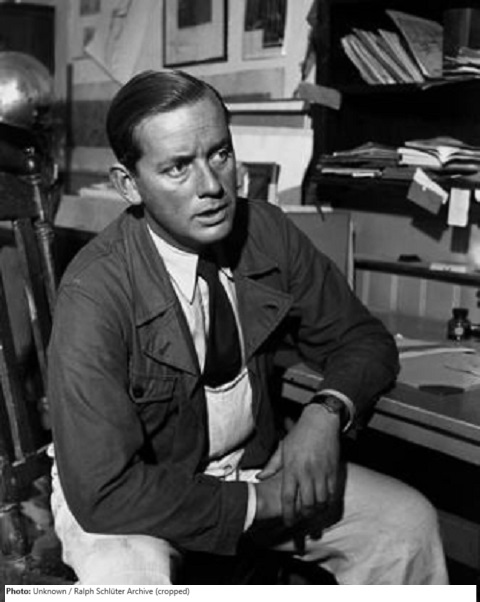Stig Blomberg studied in Stockholm at the Art School of Theodor Lundberg and Carl Milles. His style was heavily influenced by the latter. On a Jenny Lind Scholarship he made study trips to Germany, France, Italy, North Africa and the United States between 1927-30. For a longer period, he lived in Paris studying at the Maison Watteau, and from 1951-61 Blomberg was a professor of sculptor at the Art Academy in Stockholm. A large number of his works decorate public spaces and buildings in Sweden. Blomberg was not only known as a sculptor, but also as a book illustrator and cartoonist, amongst others, working for the newspaper Dagens Nyheter, under the name T. Arvidsson. He became a member of the Academy of Arts in 1944 and joined the Artists’ National Organization and the Swedish Artists’ Association.
Blomberg won the bronze medal for his work Brottande pojkar (Wrestling Boys) at the 1936 Olympics, and 12 years later in London, he was a member of the art jury. The size of this sculpture from 1933 is 93 x 64 x 49 cm. Bronze casts are in the Moderna Museet and in the National Museum in Stockholm. The work is also called Lindena after a corresponding wrestling technique. A replica of the 107 cm high bronze sculpture Två systrar (Two sisters) from 1932 has been erected in Uppsala’s Stadsträdgården in 1947. Another statue by Blomberg showing wrestling youths bears the title Tampande Pojkar. It stands in the Slottskogsvallen in Goteborg since 1951, but was probably created much earlier. The life-size bronze group may be a replica of the Wrestlers entered in 1932.

 Sweden
Sweden SWE
SWE SWE
SWE SWE
SWE